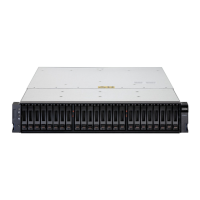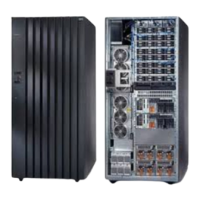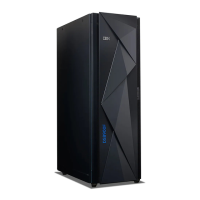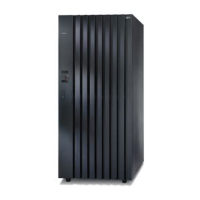Chapter 2. DS3000 introduction 25
Draft Document for Review August 30, 2007 12:59 am 7065DS3KIntro.fm
referred to as the
Universal Transport Mechanism (UTM) device or the Universal XPort
device.
Out-of-band management
Out-of-band management requires that the management IP addresses are configured on
both controllers and that the controllers’ management ports are connected to the
management network. This should be a separate LAN or a VLAN, as we do not recommend
using the production LAN or VLAN for the management network traffic.
A separate management workstation is another requirement - typically the system
administrator uses their own workstation for this purpose. Figure 2-13 shows the
management workstation and the DS3000 subsystem, connected on the Ethernet
management network.
Figure 2-13 Out-of-band management
Out-of-band management offers the following advantages:
There is no need for an access logical drive (unlike for in-band management). Therefore,
you can use the maximum number of logical drives supported by the host servers’
operating system.
If the I/O paths fail, you can still access the DS3000 storage subsystem out-of-band, check
the status and capture logs for effective troubleshooting. Access to both controllers is
required for almost all in-band management functions.
If in-band management cannot be used (for example, when the SMagent is not available
for the host server operating system), you can effectively use out-of-band management.
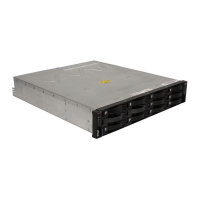
